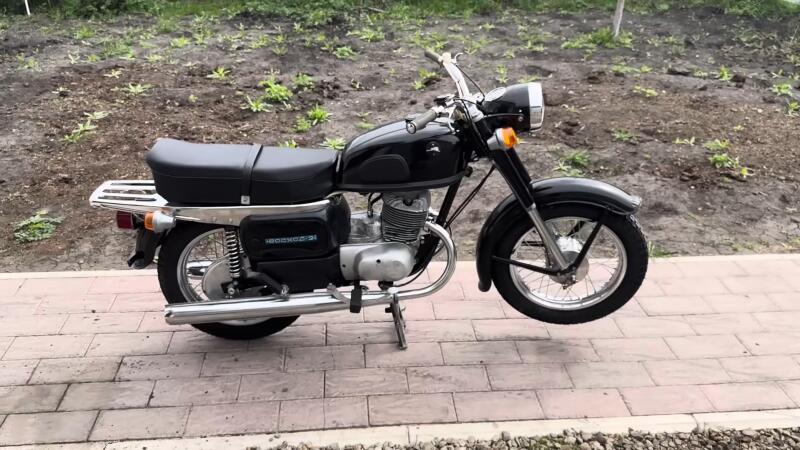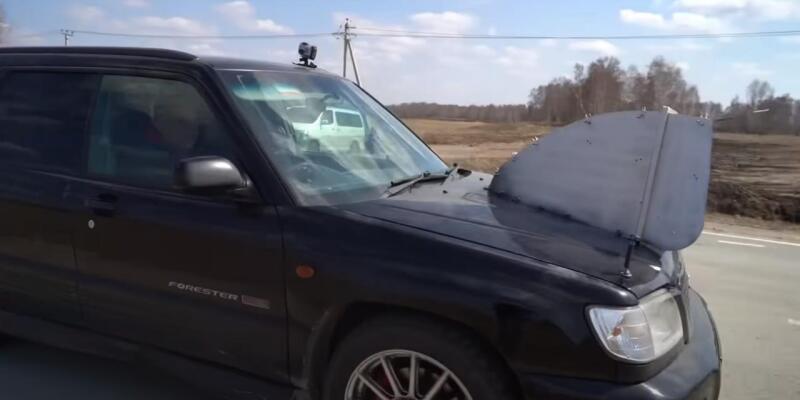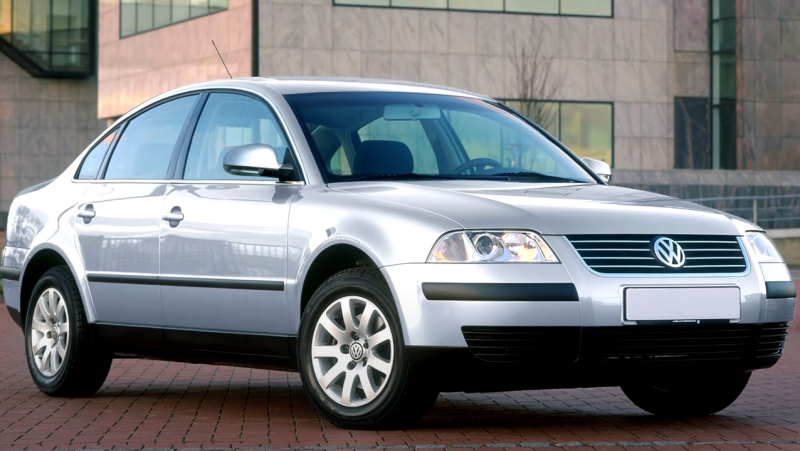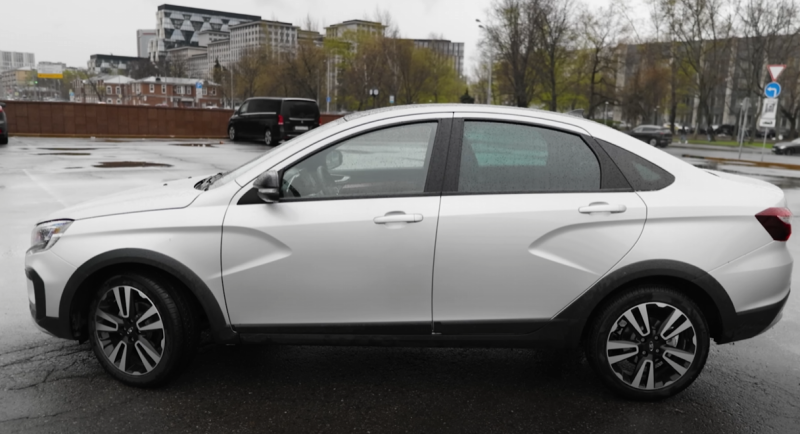One of the symbols of stagnant times was the Polish Nysa. Minibuses of this brand were quite popular in the Soviet provinces. Sometimes they met in large cities of the country. Nysa vans and small buses, like their compatriot Zuk, had an anachronistic exterior. It seems that their appearance came from the distant post-war years and remained unchanged even in the 80s. And this is not far from the truth. The first models of the Polish company, called very simply - "Plant of delivery vehicles", appeared back in 1957. Therefore, they received the name N57. Subsequently, the cars turned into a series of a van for the delivery of small consignments of goods and an 8-seater passenger modification.
It was the peak of Brezhnev's rule, the mid-70s, that became Nysa's stellar time. The model with the index "60", which appeared in the late 521s, gained popularity in all countries of the socialist camp. Its reliability and unpretentiousness have become good arguments for exporting cars to Finland, Turkey and other countries of the capitalist world. At that time, more than 50 thousand cars of this brand arrived in our country. A little later, at the request of German customers, the 522nd model appeared, the roof of which was 10 cm higher. The popularity and love for this technique in the Soviet country were very great. Therefore, on the Kuznitsa Test Drive channel, they decided to check their personal impressions of meeting the “veteran”. You can learn about them from the video from this channel.
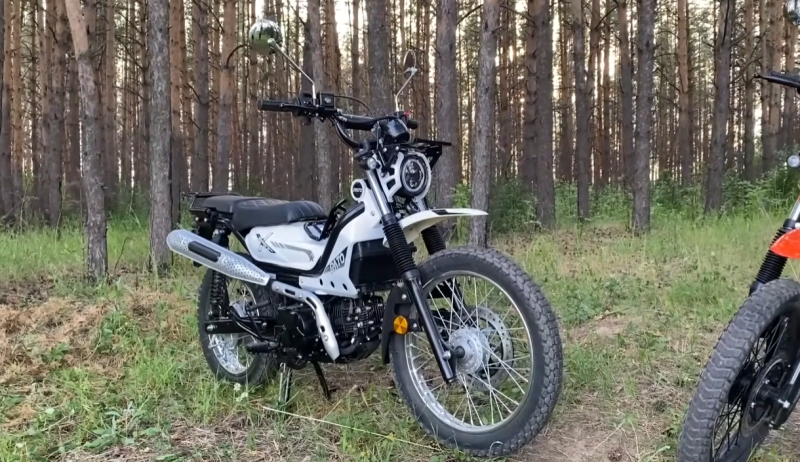
G-Moto Cross X is perhaps the best moped for Russia
In the USSR, mopeds were not popular among adults. It was believed that riding them was not respectable. Everyone dreamed of cars. And a two-wheeled small-capacity...

